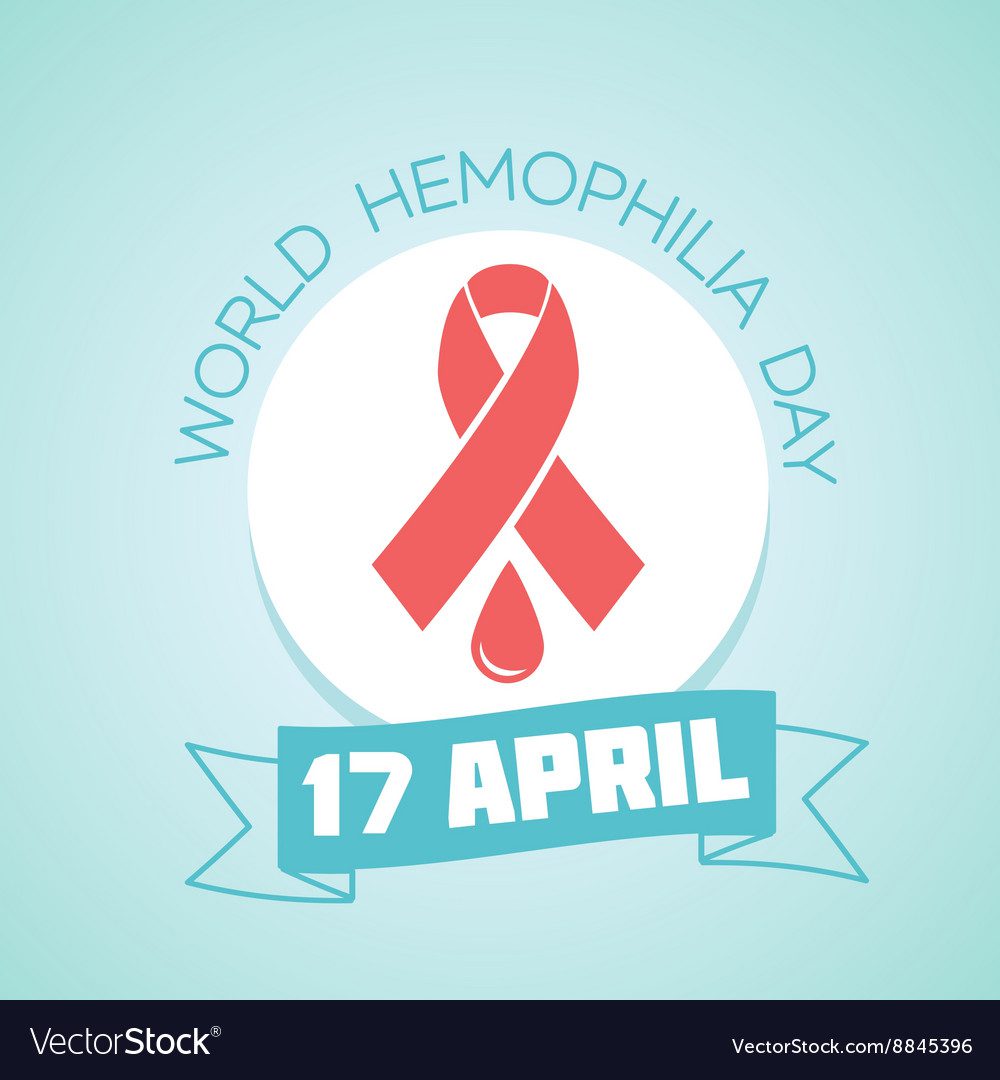Search by Color or Cause


April 17 marks World Hemophilia Day. World Hemophilia Day is an event to create awareness and action regarding hemophilia and other bleeding disorders. These serious disorders affect a person’s ability to clot blood. For example, this can turn minor traumas that wouldn’t ordinarily be cause for concern into potentially life-threatening events. However, because hemophilia and other bleeding disorders are statistically more rare than other chronic diseases (only 1 in 10,000 suffer from hemophilia), these disorders often get overlooked when it comes to funding and exposure.
Bleeding disorders may be rare compared to other chronic diseases. However, they are no less serious and impactful to patients and their loved ones. During April, we encourage people to learn more about hemophilia. Patients and advocates can also consider taking action to help boost awareness of hemophilia and bleeding disorders by:
Every year on April 17, World Hemophilia Day is recognized worldwide to increase awareness of hemophilia, von Willebrand disease and other inherited bleeding disorders. This is a critical effort since with increased awareness comes better diagnosis and access to care for the millions who remain without treatment.
World Hemophilia Day was started in 1989 by the World Federation of Hemophilia (WFH), which chose 17 April as the day to bring the community together in honor of WFH founder Frank Schnabel’s birthday.
Hemophilia is usually an inherited bleeding disorder in which the blood does not clot properly. This can lead to spontaneous bleeding as well as bleeding following injuries or surgery. Blood contains many proteins called clotting factors that can help to stop bleeding. People with hemophilia have low levels of either factor VIII (8) or factor IX (9). The severity of hemophilia that a person has is determined by the amount of factor in the blood. The lower the amount of the factor, the more likely it is that bleeding will occur which can lead to serious health problems.
In rare cases, a person can develop hemophilia later in life. The majority of cases involve middle-aged or elderly people, or young women who have recently given birth or are in the later stages of pregnancy. This condition often resolves with appropriate treatment.
Hemophilia is caused by a mutation or change in one of the genes that provides instructions for making the clotting factor proteins needed to form a blood clot. This change or mutation can prevent the clotting protein from working properly or to be missing altogether.
Even though hemophilia runs in families, some families have no prior history of family members with hemophilia. Sometimes, there are carrier females in the family, but no affected boys, just by chance. However, about one-third of the time, the baby with hemophilia is the first one in the family to be affected with a mutation in the gene for the clotting factor.
Hemophilia can result in:
There are several different types of hemophilia. The following two are the most common:
Common signs of hemophilia include:
Hemophilia occurs in about 1 of every 5,000 male births. Based on recent study that used data collected on patients receiving care in federally funded hemophilia treatment centers during the period 2012-2018, about 33,000 males in the United States are living with the disorder. Hemophilia A is about four times as common as hemophilia B. About half of those affected have the severe form. Hemophilia affects people from all racial and ethnic groups.
Many people who have or have had family members with hemophilia will ask that their babies get tested soon after birth. About one-third of babies who are diagnosed with hemophilia have a new mutation not present in other family members. In these cases, a doctor might check for hemophilia if a newborn is showing certain signs of hemophilia.
To make a diagnosis, doctors perform certain blood tests to show if the blood is clotting properly. If it does not, then they do clotting factor tests, also called factor assays, to diagnose the cause of the bleeding disorder. These blood tests show the type of hemophilia and the severity.
The best way to treat hemophilia is to replace the missing blood clotting factor so that the blood can clot properly. This is done by infusing commercially prepared factor concentrates. People with hemophilia can learn how to perform these infusions themselves. That way, they can stop bleeding episodes. And, by performing the infusions on a regular basis, they can even prevent most bleeding episodes.
Good quality medical care from doctors and nurses who know a lot about the disorder can help prevent some serious problems. Furthermore, often the best choice for care is to visit a comprehensive Hemophilia Treatment Center.
About 15-20 percent of people with hemophilia develop an antibody (called an inhibitor) that stops the clotting factors from being able to clot the blood and stop bleeding. Treatment of bleeding episodes becomes extremely difficult, and the cost of care for a person with an inhibitor can skyrocket because more clotting factor or a different type of clotting factor is needed. People with inhibitors often experience more joint disease and other problems from bleeding that result in a reduced quality of life.